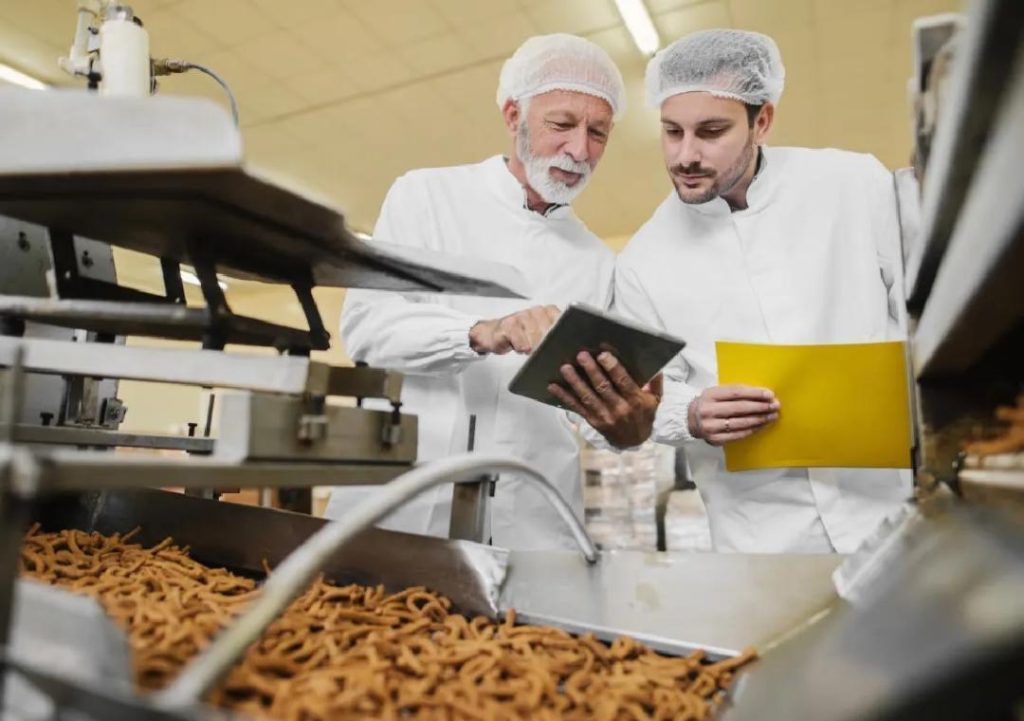
Can P&L Optimisation Redefine Success in Food Technology?
The food technology industry has witnessed significant growth in recent years, driven by increasing consumer demand for convenient, healthy, and sustainable food options. With the rise of e-commerce, meal kit services, and direct-to-consumer sales, food tech companies are facing unprecedented challenges in managing their profit and loss (P&L) operations. To stay ahead of the competition, these companies are adopting innovative strategies to streamline their P&L operations, leveraging automation, smart inventory systems, and data analytics to boost profitability and ensure sustainable growth.
In this blog post, we’ll explore the importance of P&L optimisation in food technology, the challenges faced by food tech companies, and the strategies they’re employing to achieve success.
Challenges in P&L Operations
Food tech companies operate in a highly competitive market, where margins are thin, and demand is unpredictable. Managing P&L operations effectively is crucial to ensure profitability, but it’s a daunting task, especially for startups and small businesses. Some of the common challenges faced by food tech companies include:
- Inventory management: Food products have limited shelf life, and inventory management is critical to ensure that products are sold before they expire.
- Demand forecasting: Food tech companies often struggle to accurately forecast demand, leading to overstocking or understocking, which can result in waste and lost revenue.
- Supply chain management: Food production and distribution involve complex supply chains, and managing these chains effectively is essential to ensure timely delivery of products.
- Pricing and revenue management: Food tech companies must balance pricing and revenue management to ensure that they’re generating sufficient revenue while remaining competitive.
Strategies for P&L Optimisation
To overcome these challenges, food tech companies are adopting innovative strategies to streamline their P&L operations. Some of the key strategies include:
- Automation: Automation is revolutionising P&L operations in food technology. By automating tasks such as inventory management, demand forecasting, and supply chain management, food tech companies can reduce costs, improve accuracy, and increase efficiency.
- Smart inventory systems: Smart inventory systems use data analytics and machine learning algorithms to track inventory levels, monitor demand, and adjust production accordingly. This enables food tech companies to reduce waste, improve forecasting, and increase revenue.
- Data analytics: Data analytics is critical to P&L optimisation in food technology. By leveraging data analytics, food tech companies can gain insights into consumer behaviour, track market trends, and make data-driven decisions to improve profitability.
- Scalable models: Food tech companies must have scalable models to accommodate growth and changing market conditions. By adopting scalable models, food tech companies can ensure sustainable growth, reduce costs, and increase profitability.
Benefits of P&L Optimisation
P&L optimisation can have a significant impact on the success of food tech companies. Some of the key benefits include:
- Increased profitability: By streamlining P&L operations and reducing waste, food tech companies can increase profitability and improve their bottom line.
- Improved forecasting: Smart inventory systems and data analytics enable food tech companies to accurately forecast demand, reducing the risk of overstocking or understocking.
- Enhanced customer experience: By leveraging data analytics and automation, food tech companies can improve the customer experience, offering products that meet consumer preferences and needs.
- Competitive advantage: Food tech companies that adopt P&L optimisation strategies can gain a competitive advantage, enabling them to stay ahead of the competition and achieve success.
Case Studies: Food Tech Companies Achieving Success through P&L Optimisation
Several food tech companies have achieved success by adopting P&L optimisation strategies. Here are a few case studies:
- Meal kit company, Blue Apron, uses data analytics to track consumer preferences and adjust its recipes and ingredient sourcing accordingly. This has enabled the company to improve profitability and reduce waste.
- Online grocery delivery company, Instacart, uses automation and smart inventory systems to manage its inventory and supply chain. This has enabled the company to reduce costs, improve efficiency, and increase revenue.
- Meal kit company, HelloFresh, uses data analytics to forecast demand and adjust its production accordingly. This has enabled the company to reduce waste, improve forecasting, and increase profitability.
Conclusion
P&L optimisation is critical to the success of food tech companies. By streamlining P&L operations, food tech companies can reduce waste, improve forecasting, and increase profitability. Automation, smart inventory systems, and data analytics are key strategies for P&L optimisation, enabling food tech companies to stay competitive and achieve success. As the food technology industry continues to evolve, P&L optimisation will play an increasingly important role in ensuring the success of food tech companies.
Source:
https://www.growthjockey.com/blogs/p-and-l-operations-in-food-tech






